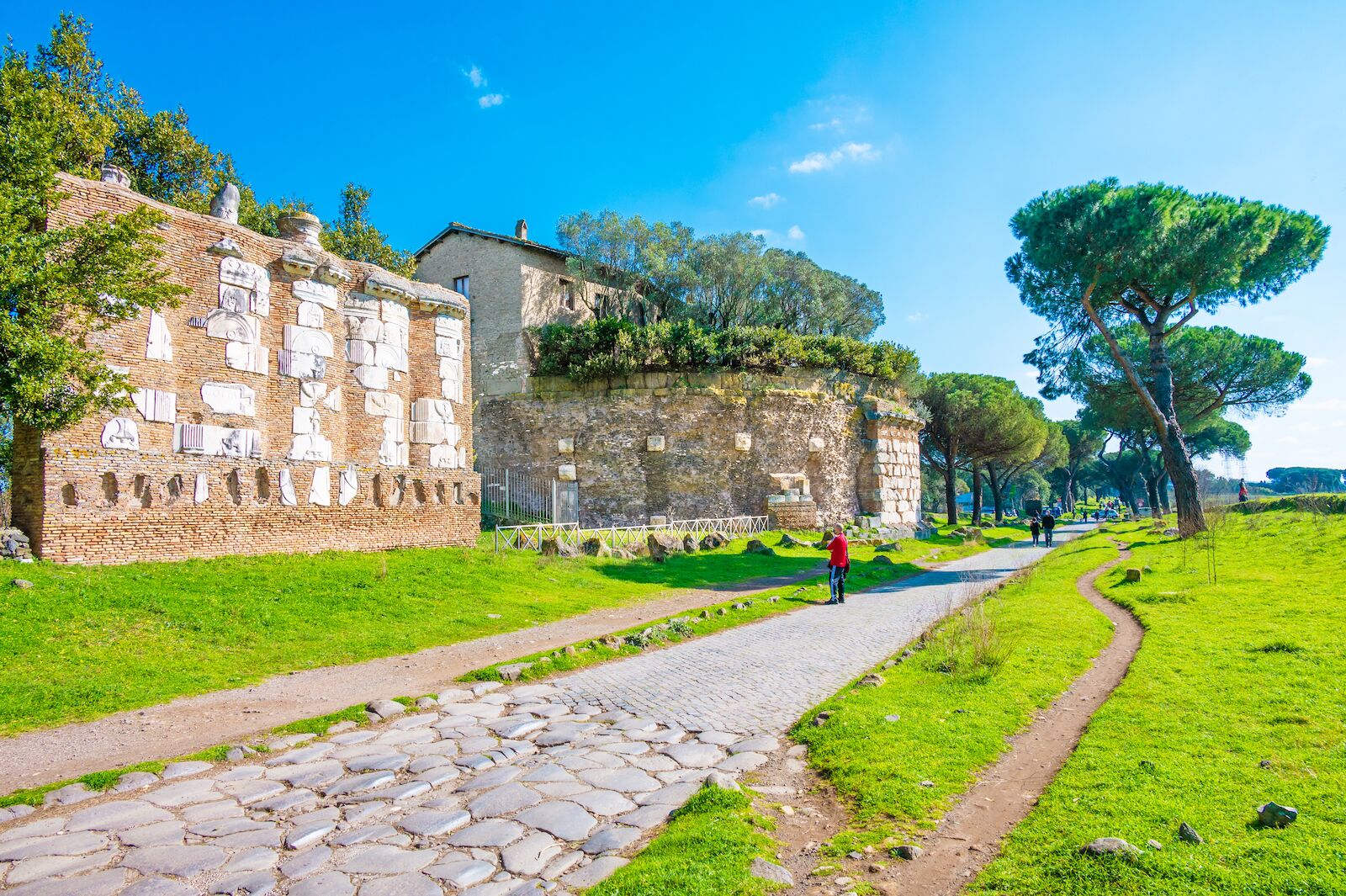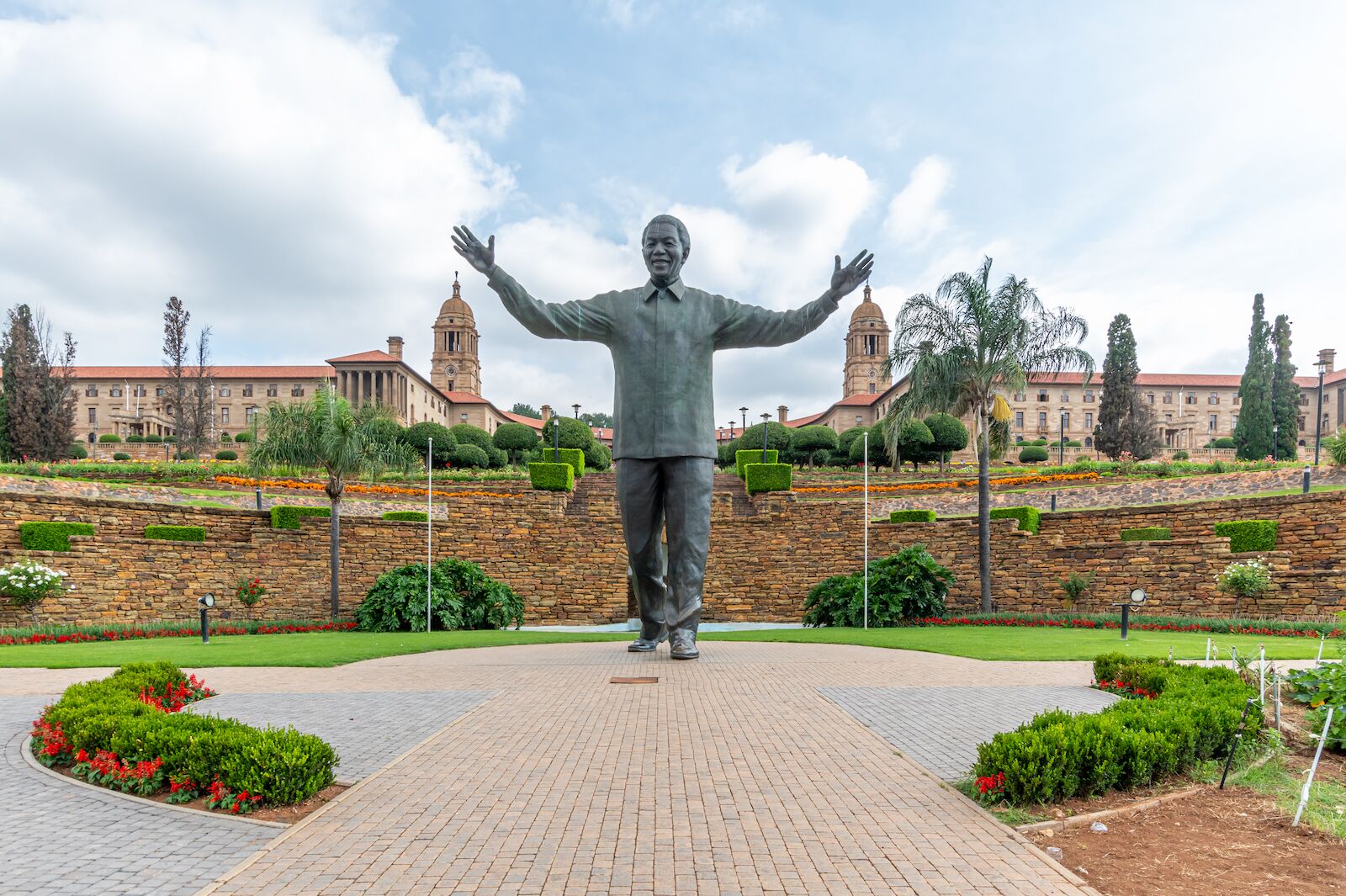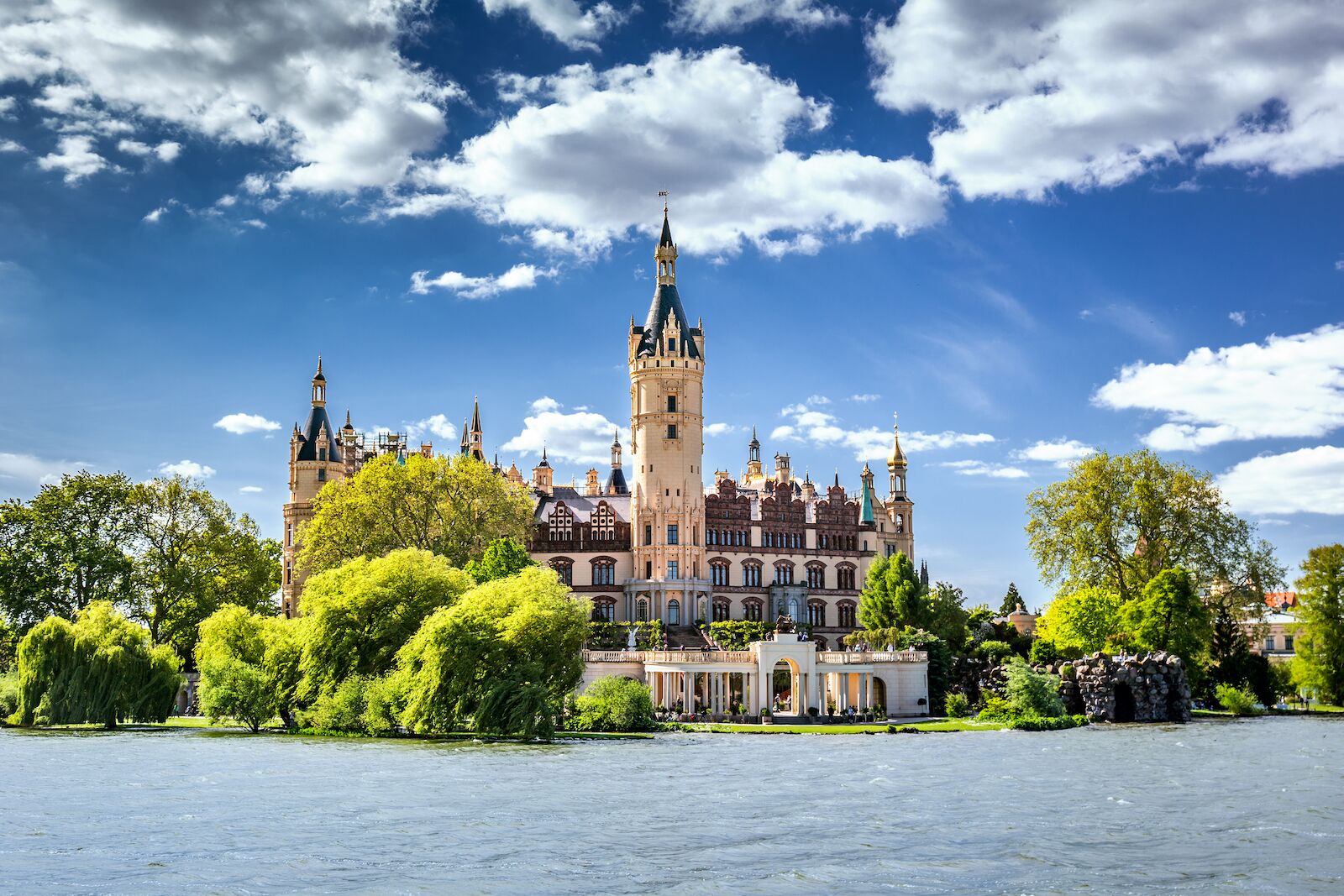Culture- and history-motivated travelers are probably familiar with UNESCO World Heritage Sites. And if you’ve been to Italy, a country packed with some of the world’s most famous historical attractions and art, you may not be shocked to learn the country now has 60 World Heritage Sites, with the latest addition of the Appian Way, added in late July of 2024.


Rome's 'Queen of Roads' Is the Latest Italian UNESCO World Heritage Site
UNESCO stands for the United Nations Educational, Scientific and Cultural Organization, and is a special agency within the United Nations focused on promoting international cooperation in education, arts, sciences, and culture.
Essentially, UNESCO works to protect and preserve sites deemed to be of global importance to society’s shared cultural history. And that’s certainly true of the newly added Appian Way, the first highway in Italy built in the days of the ancient Roman Republic and one of the most important historical sites in Europe.

The Appian Way ran for roughly 500 miles through what’s now modern-day Italy. Photo: ValerioMei/Shutterstock
It was constructed in 312 BCE and was Rome’s initial attempt at large-scale road engineering. This strategic artery connected the city to its southern territories, facilitating military campaigns, trade, and communication.
Its advanced construction methods were unparalleled for its time. It ran for about 500 miles and became known as the “Queen of Roads” for its significance, both in terms of size and as the main thoroughfare used to move the famously successful Roman armies around Europe and beyond. Soon, however, it became used for trade and movement of people, ideas, and skills around Italy, contributing to Rome’s reputation as a bright light for creativity and engineering.
The road was built in several layers, including a flat layer as a base, a drainage layer, a thick layer to prevent wear, and a top layer with interlocking stones to hold the road in place, which is still present today. To construct it, Roman engineers had to level hillsides, swamps, marshes, and other nearly impassable terrain.
While remnants of its original grandeur persist, the Appian Way is now much harder to find than it once was, as time, weather, and subsequent civilizations have taken their toll. It’s now a historical relic lined with ancient tombs and ruins, but still one of the most visited tourist sites in Rome. The most well-preserved and accessible section of the Appian Way is in the Parco Regionale dell’Appia Antica in Rome (beginning near the Porta San Sebastiano), where visitors can walk or bike on the original Roman roadbed. At 500 miles, the Appian Way continued far beyond Rome, but the sections outside the city have been more impacted by time and development.
23 other sites were also added to the list

Part of the new Nelson Mandela Legacy Sites n South Africa. Photo: paul saad/Shutterstock
The process of selecting UNESCO World Heritage Sites is rigorous, and sites must first be nominated by the country in which they’re located. This nomination requires substantial documentation outlining the site’s significance, from its cultural and historical importance to natural beauty and biodiversity.
Once nominated, a site undergoes a comprehensive evaluation by the World Heritage Committee. The evaluation assesses the site’s authenticity, integrity, and potential for preservation. The Appian Way was one of 24 new sites around the world added in July 24. Other locations deemed to be of global significance include:
The Nelson Mandela Legacy Sites, South Africa
The Human Rights, Liberation and Reconciliation: Nelson Mandela Legacy Sites are a new UNESCO World Heritage collection of 14 locations across South Africa. These sites represent key moments in the country’s struggle against Apartheid and role of freedom fighter and former president Nelson Mandela. From the brutal Sharpeville Massacre to the iconic Union Buildings, where Nelson Mandela was inaugurated as South Africa’s first Black president, the places were selected based on the story they tell of the fight for freedom, equality, and reconciliation.
The Schwerin Residence Ensemble, Germany

Photo: Pani Garmyder/Shutterstock
This massive (and beautiful) home on an island is the pinnacle of 19th century German court culture.
The complex includes more than 30 buildings, including the Grand Duke’s Palace, administrative structures, and cultural venues. Its architectural styles range from Neo-Renaissance to Neo-Baroque, reflecting the historicist spirit of the era. Surrounded by water and parkland, the ensemble offers a stunning example of how a city can be integrated with a royal residence, creating a harmonious urban and architectural landscape. It’s open for tours six days a week.
Lençóis Maranhenses National Park, Brazil
Lençóis Maranhenses National Park is a natural wonder in northeastern Brazil. It’s known for vast white sand dunes that can look like sails ripping in the wind, with a truly unique and otherworldly landscape. During the rainy season, rainwater often collects in the valleys between the dunes, creating crystal-clear lagoons. The park supports a diverse range of wildlife, making it a popular destination for eco-tourism in Brazil. Travelers can visit by booking tours beginning in the nearby town of Barreirinhas, usually in 4×4 vehicles able to navigate the sand dunes.